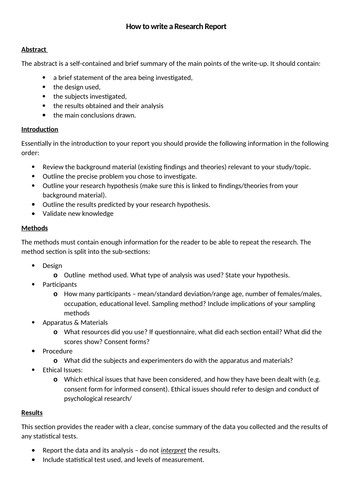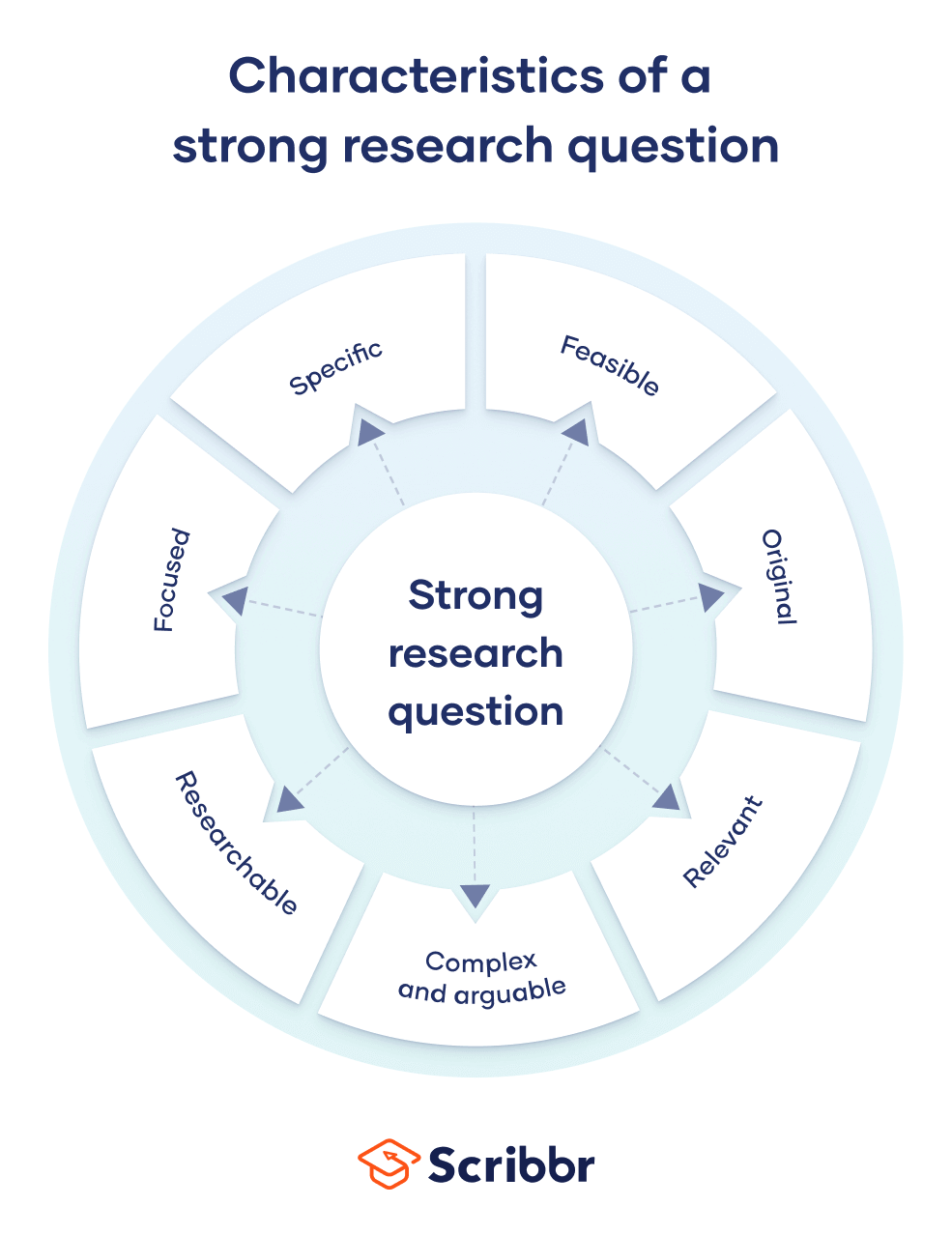Writing up a research project can be a daunting task, especially if you are new to the process. However, with careful planning and organization, you can effectively communicate the results of your research and make a valuable contribution to your field.
The first step in writing up a research project is to organize your data and results. This includes sorting through your notes, selecting the most relevant and significant findings, and creating tables and charts to display your data clearly and concisely. You should also consider the overall structure of your paper, including the introduction, methods, results, and discussion sections. Each of these sections should be organized in a logical and coherent manner, with clear transitions between sections.
The introduction of your paper should provide background information on the topic of your research, as well as the research question or hypothesis you are trying to answer. It should also include a brief literature review, summarizing the current state of knowledge in your field and how your research fits into this broader context.
The methods section should describe the participants or subjects of your study, as well as the procedures you used to collect and analyze your data. It is important to be as detailed as possible in this section, as it will allow other researchers to replicate your study if they wish.
The results section should present the findings of your study in a clear and concise manner, using tables, charts, and other visual aids as needed. You should also include any statistical analyses you performed to support your conclusions.
The discussion section is where you interpret and contextualize your results. You should discuss the implications of your findings, as well as any limitations of your study. You should also consider how your results contribute to the broader body of knowledge in your field, and suggest areas for further research.
As you write up your research project, it is important to pay attention to the details. This includes proofreading for spelling and grammar errors, citing your sources appropriately, and following the guidelines for the specific publication or presentation format you are using. By following these steps, you can effectively communicate the results of your research and make a valuable contribution to your field.







